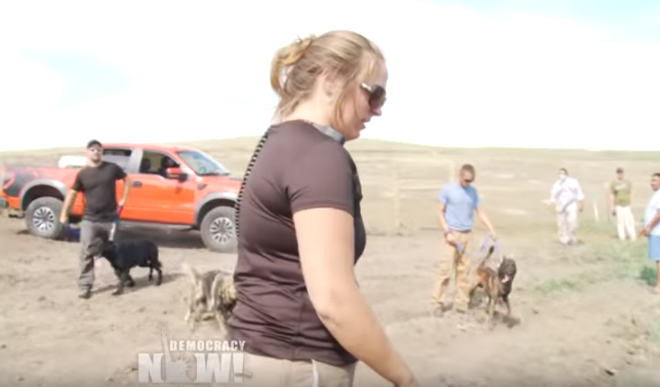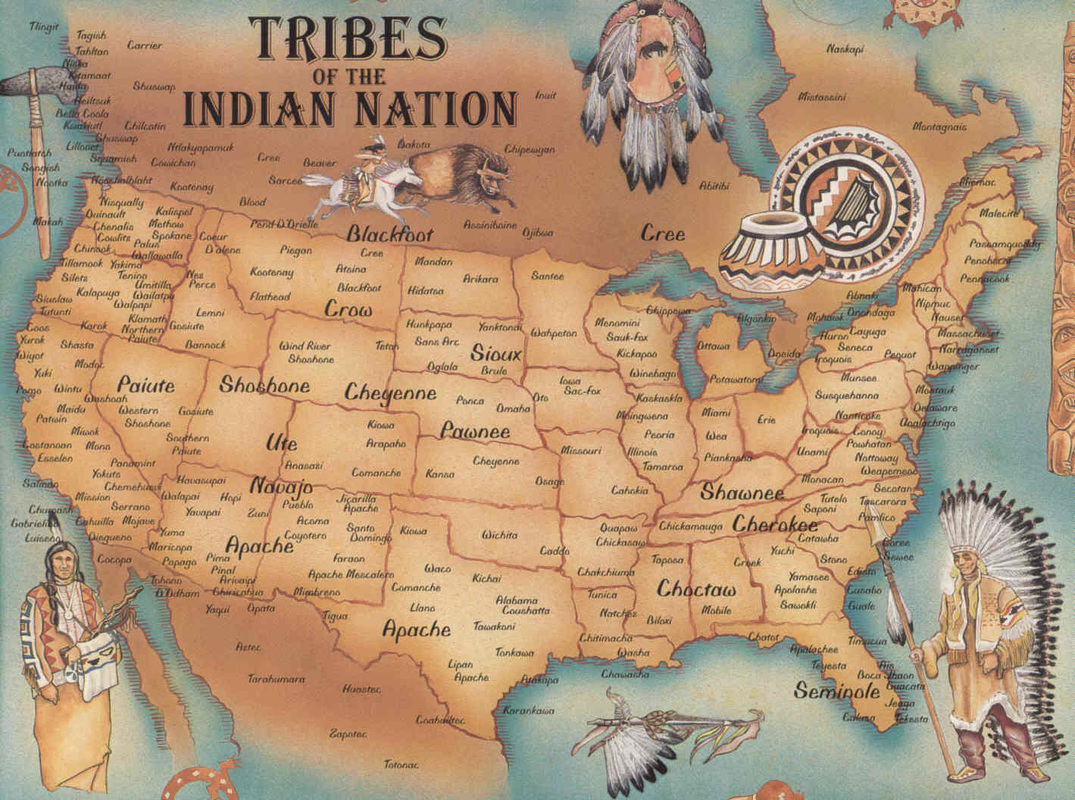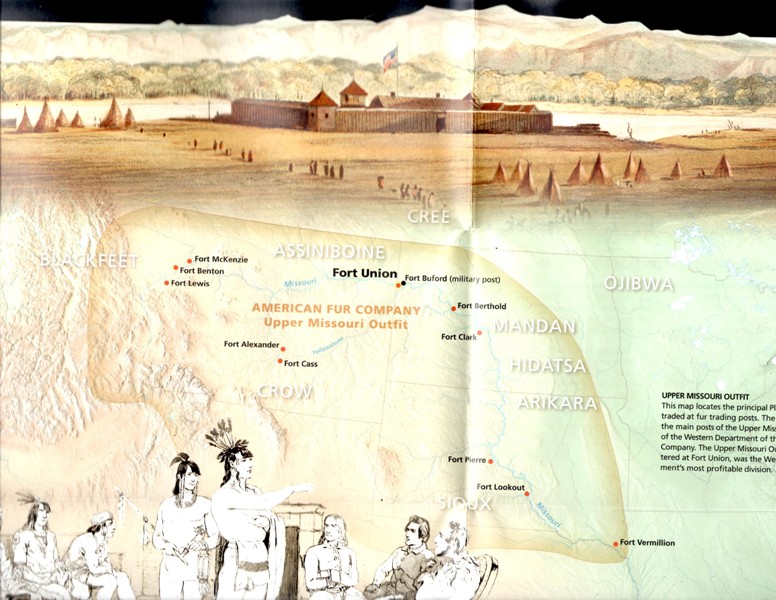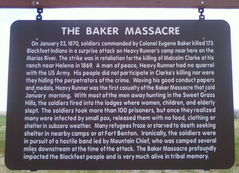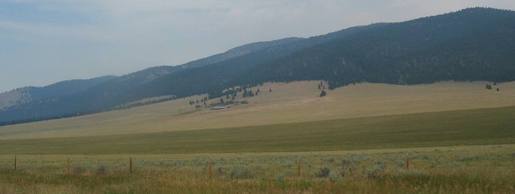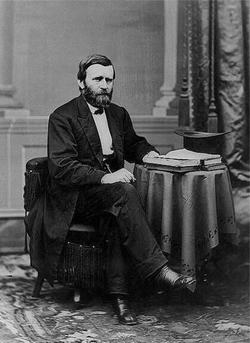We have 8 tribes in the state and they live on 7 different reservations, which occupy parts of 15 different counties.
Seven of those counties make up the lion’s share of the reservation vote - Lake, Glacier, Blaine, Valley, Roosevelt, Big Horn and Rosebud.
Let’s take a look at how these counties voted in the primary.
- Lake: 2,000 more votes for the GOP presidential and senate races than the Dem races, and nearly 2,500 more in the governor’s race.
- Glacier: About 1,500 more votes for the Dem presidential race than the GOP and around 1,300 more for the Dem gubernatorial race and 1,200 more for governor.
- Blaine: A dead tie at 859 votes for both Dem and GOP presidential race; 22 more votes for Dem senate than GOP; 15 more votes for GOP governor than Dem governor.
- Valley: 1,500 more votes for GOP president than Dem; 1,500 more votes for GOP senate than Dem; nearly 1,600 more votes for GOP governor than Dem.
- Roosevelt: Around 300 more votes for GOP president than Dem; about the same with the senate and governor.
- Big Horn: About 50 more votes for GOP president than Dem; about 90 more votes for GOP senate than Dem; and over 150 more votes for GOP governor than Dem.
- Rosebud: Over 1,000 more votes for GOP president than Dem; 1,050 more for GOP senate than Dem; nearly 1,100 more votes for GOP governor than Dem.
Of these 7 Indian counties, just one of them is still in the Dem category - Glacier. 62% of the county is Indian.
Blaine is 45% Indian and is one where they still have a chance, but the others all appear lost to them.
Big Horn County is the main prize. 60% of that county is Indian. When Tester first got elected to Congress, he took 64% of that county’s vote, a 2-to-1 margin over Burns.
Choteau and Hill counties also have sizeable native populations. In Choteau, around 1,500 more voted for the GOP president than the Dem, same for Senate, but 1,600 more for GOP governor than Dem. In Hill, over 400 more for GOP president than Dem and 400 more for senate and 500 more for governor.
The tribes have always been important for Dem election chances in this state, perhaps even critical.
In the 2005 book America Is Indian Country, this was said about the 1992 presidential race:
“The results in Montana were even more dramatic. Clinton won in Montana, carrying all the state’s cities. In the rural counties, though, he was beaten badly, except in those counties where Indian reservations were located. He won in those counties, and turnouts of 80 or 90 percent were reported on the reservations. Montana’s Indian Democratic activists clearly carried the state for Clinton.”
When we look back at the 2018 election, we see that Lake, Roosevelt, Glacier, Blaine and Big Horn counties all went to Tester. The margins were sometimes small, sometimes huge. Tester took Glacier with 75% of the vote, for instance...but Lake was won by just 3%.
In 2016, Hillary won just six of the state’s 56 counties - Big Horn, Deer Lodge, Gallatin, Glacier, Missoula and Silver Bow.
Just one native county.
She lost Blaine by 2.5%, Roosevelt by 6%, Hill by 18%, Lake by 20%, Choteau by 35%, Rosebud by 36%, Valley by 45%.
Republicans have been making outreach attempts in native country for years now, at the same time that Democrats mainly take the native vote for granted.
In 2014, Senator Daines became the first Republican senator to step foot on the Northern Cheyenne Reservation in Lame Deer.
The Indian population makes up just 8% of the state’s population, but it’s growing faster than the white population. And they do in fact vote. In 2012, 61% of the native population voted.
Here’s how the Trib put it four years ago:
“But increasingly Republicans have latched on to issues where they tend to be in lockstep with Native Americans, such as the extraction of resources including coal. Tribes have said revenue from the energy source on their land, for example, accounts for much of their annual budget to fund health services, law enforcement and education. Coal and oil have been a target of Democrats in Washington who are concerned about their pollution impact on the environment.”
National ideas like the Dems’ Green New Deal and ideas closer to home - such as Missoula’s climate change policies - do not appeal to the leadership of the tribes. These folks need to make money and one of the only ways they can do that is through their land, and what’s on it or underneath it. Dems often oppose that now.
So the Indians are going over to the GOP.
Now, a lot can change in the 150 days we have until the election. We know that Dems will hire Indian outreach people in the hopes they can drive-up turnout. They’ll open satellite voting offices on the reservations, hoping this helps.
We saw these efforts in 2016. It didn’t work for Hillary or Juneau. Hell, Rocky Boy had just a 5% turnout! And let’s not even get into the hell living on the Fort Peck reservation is.
That’s a helluva turnaround from the 80-90% the Indians were giving Dems in the early-90s. But that was 30 years ago. Times change.
The biggest problem is for Cooney.
While nearly all of the Indian counties are now going for the GOP, the totals for the governor’s race were worse than all the others.
Typically, primary votes in those counties made it a point to vote for the GOP governor candidate when they’d already voted for Dem president and senate.
Why did this happen?
Cooney better get his high-priced staff on that question and fast. There’s a huge deficit of support for Cooney compared to Bullock and Biden.
Why is this?
Maybe it’s all the outreach from actual GOP politicians, not just Dem staffers that are hired from out-of-state for a few months of GOTV work. In ‘16, Dems hired a woman from Oregon who’d just gotten married, who then left her husband for several months to live in a basement in Helena while making sojourns to the reservations to get out the vote.
Well, that didn’t work.
What’s on the drawing board this year, Dems?




